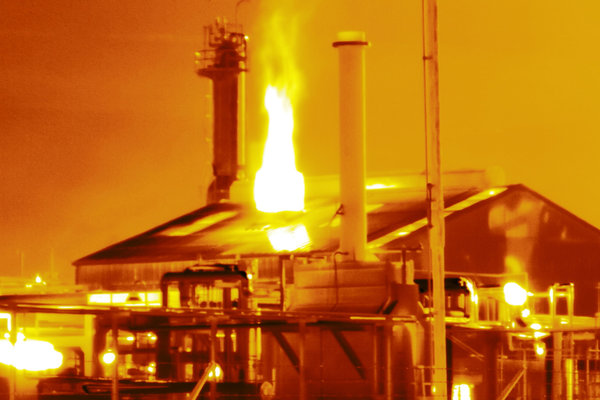New research finds that gas stoves emit methane, a potent greenhouse gas, even when turned off and adds to the debate over electrifying homes.
Gas stoves leak significant amounts of methane when they are being ignited and even while they are turned off, according to a new report, adding to the growing debate over the effects of gas-powered appliances on human health and climate change.
The small study — based on measurements from cooktops, ovens and broilers in 53 homes in California — estimated that stoves emit between 0.8 and 1.3 percent of the natural gas they consume as unburned methane, a potent greenhouse gas. During the course of a typical year, three-quarters of these emissions occur when the devices are shut off, the study showed, which could suggest leaky fittings and connections with gas service lines.
Over a 20-year period, emissions from stoves across the United States could be having the same effect in heating the planet as half a million gas-powered cars, the study estimated.
“People are so attached to their stoves,” said Eric D. Lebel, a senior scientist at the nonprofit research institute PSE Healthy Energy and lead author of the study, which was published on Thursday in the journal Environmental Science & Technology. “There’s something human about cooking on a gas stove, over an open flame.”
But more and more evidence, he said, suggests that stoves are “damaging health and climate all at once.”
Growing numbers of American cities, largely in blue states like California and Massachusetts, are shifting homes away from gas-powered cooking and heating. New York City last month banned gas hookups in all new buildings. But at least 20 mostly red states have barred cities from restricting gas use, often with the support of natural gas companies and utilities that see electrification as a threat to their bottom lines.
There were more than 40 million gas stoves in American households in 2015, the last year for which there is detailed data from government surveys. In all, homes and buildings are responsible for an estimated 13 percent of America’s greenhouse gas emissions.
Methane is the main component of natural gas, and if it isn’t burned when released, it can warm the Earth more than 80 times as much as the same amount of carbon dioxide over a 20-year period. Methane also contributes to ground-level ozone pollution, which can cause breathing problems and other health issues.
Methane leaks from oil and gas installations have attracted increasing attention in recent years, and efforts are underway to plug thousands of inactive, methane-spewing oil and gas wells across the country. But less research has been done on emissions inside residences, said Rob Jackson, an earth scientist at Stanford University who worked on the new study.
Dr. Lebel, Dr. Jackson and two co-authors used plastic sheets to seal off kitchens in private homes, Airbnb rentals and properties for sale or rent. They found that on average, igniting a burner on a gas stove emitted about the same amount of methane as did leaving it on and burning for 10 minutes. Gas ovens emitted methane at a higher rate than cooktop burners, they found, because ovens periodically ignite and extinguish their main burner to maintain the set temperature.
The researchers also measured emissions over five-to-10-minute periods when stoves were off, though they did not try to pinpoint the sources of the leaks.
Understand the Latest News on Climate Change
Gone, but not forgotten. A68a, one of the biggest icebergs ever seen, broke off an ice shelf on the Antarctic Peninsula in 2017, drifted slowly for a few years and eventually melted in 2021. Here is what new research tells us about its journey and potential effects.
“It’s almost an inevitable byproduct of the natural gas supply chain,” Dr. Jackson said. “Every coupling, every fitting, has the potential to leak, especially over time as the stoves sit there for years.”
None of the gas leaks the researchers measured were of a concentration that might lead to explosions, Dr. Lebel said.
The researchers found that when it came to methane emissions, older stoves did not perform differently from newer ones. Nor did pricier models outperform cheaper ones.
They acknowledged, however, that they would like to have conducted tests in more homes owned by people who could not afford to replace or maintain old appliances. This would help their results better capture the disproportionate impacts of gas emissions on low-income families, they said.
Levels of methane in the atmosphere have been skyrocketing in recent years, and scientists do not fully understand why, said Kathryn McKain, a researcher with the National Oceanic and Atmospheric Administration Earth System Research Laboratory who did not work on the new study.
More methane seems to end up in the air than is accounted for by gas consumption on the ground. Home appliances, Dr. McKain said, are “just one piece of the puzzle.”


























